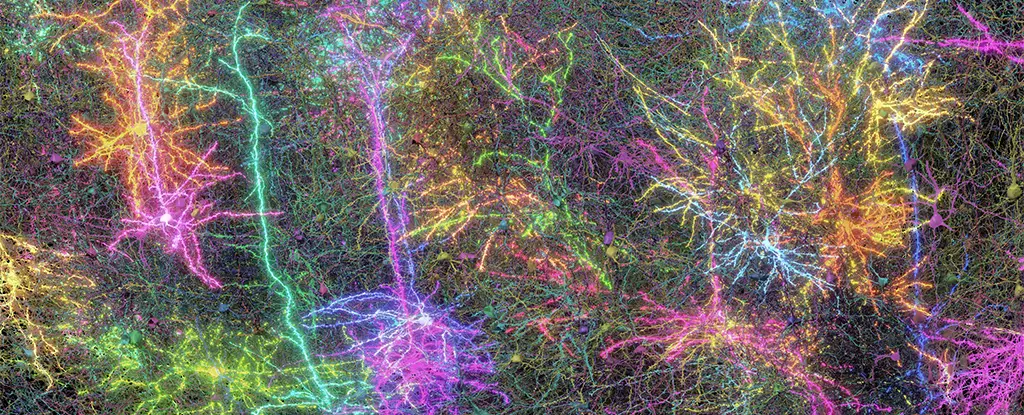Delving into the complexities of the human brain is a daunting endeavor that evokes both awe and frustration. Just as explorers struggle to map the unending vastness of space, scientists face an equally Herculean task when attempting to decipher the intricate web of neurons and synapses that constitutes our cerebral architecture. Recent groundbreaking research focusing on a small section of a mouse brain has pushed these boundaries further, revealing new dimensions of the neurological landscape that exist within our minds. While the analysis involved a sample merely the size of a grain of sand, the scale of the findings—84,000 neurons, half a billion synaptic connections, and an expansive 5.4 kilometers of neural wiring—demonstrates an astonishing level of detail that makes one ponder the profound mysteries yet to be uncovered about our own brains.
A Collaborative Triumph in Science
This extraordinary achievement arose from the collaborative expertise of over 150 researchers across various prestigious institutions, including Princeton University and the Allen Institute for Brain Science. The nine-year research endeavor illustrates an essential aspect of scientific progress: collaboration. When individuals from diverse fields come together—each offering unique insights and techniques—the outcome is often exponentially greater than the sum of its parts. The collective efforts of these innovative minds culminated in the most intricate mosaic of a mammalian brain that the scientific community has ever witnessed. This validates the idea that tackling complex challenges benefits from a multifaceted approach—a principle that society as a whole should embrace more fervently.
The Marriage of Structure and Function
Neuroscience has long grappled with separating the wiring of the brain from its functional aspects. The significance of this study lies in its unique integration of both dimensions; it establishes a link between structural organization and functional activity. Through monitoring a mouse’s brain while it engaged with visual stimuli—such as iconic scenes from The Matrix—scientists were not only able to observe the neural activity of the subject but also how these individual threads interact within a larger tapestry. This holistic examination enhances our comprehension of the brain’s multimodal framework, enabling us to see beyond static images and understand the dynamic dialogues that occur within our heads.
The Connectome: A New Frontier
The concept of a “connectome,” a term that describes the comprehensive map of neural connections, serves as an essential building block for brain sciences. While previous attempts have documented the connectomes of simpler organisms, the complexity unveiled in this research marks a pioneering step toward achieving a similar understanding for the human brain. H. Sebastian Seung, a neuroscientist at Princeton University, encapsulated this sentiment by asserting the significance of this development as a pivot toward digital transformation in brain science. However, this exciting frontier prompts crucial questions about the future: What implications will this have for our understanding of human cognition, emotions, and behavior?
Bridging the Gap Between Neuroscience and Technology
One of the most exhilarating outcomes of this research is its potential applications in deciphering the roots of neurological diseases, such as dementia. By digitizing the brain’s structure with unprecedented clarity, scientists can begin to identify anomalous patterns that contribute to various disorders. This initiative not only holds promise for medical advancements but also emphasizes the importance of integrating technological innovations with biological research. However, as we propel forward, it is imperative that ethical considerations remain at the forefront of this journey. The merging of biology and technology can easily lead to ethical ramifications that must be scrutinized to avoid a slippery slope of misuse.
The profound revelations from this research are not merely academic curiosities; they signify a monumental leap toward understanding ourselves. The implications stretch from potential breakthroughs in medical science to the exploration of our own consciousness. In our relentless quest for knowledge about the brain, it becomes increasingly vital that we pursue this exploration with both a sense of responsibility and a firm commitment to understanding the depth of human experience.

